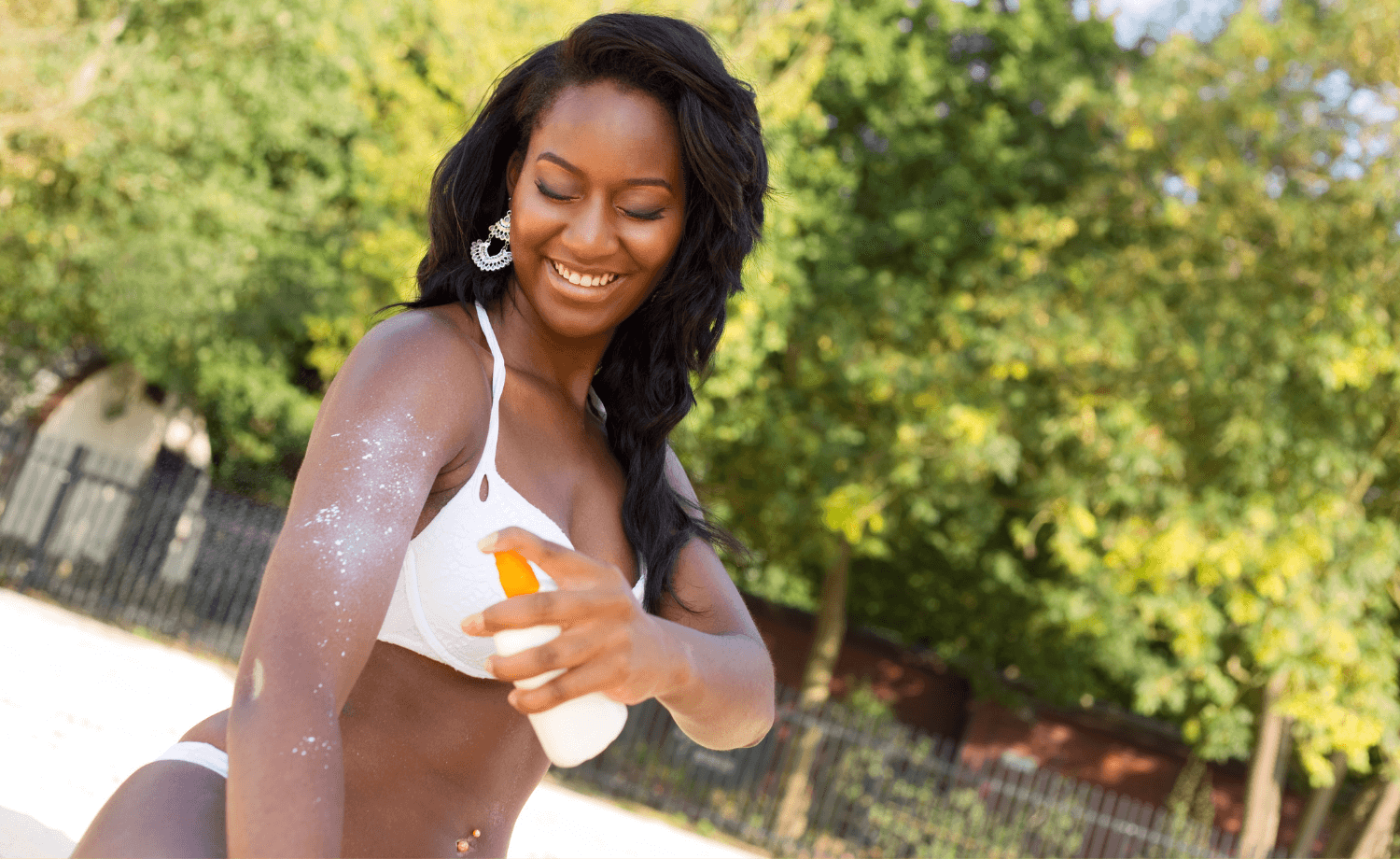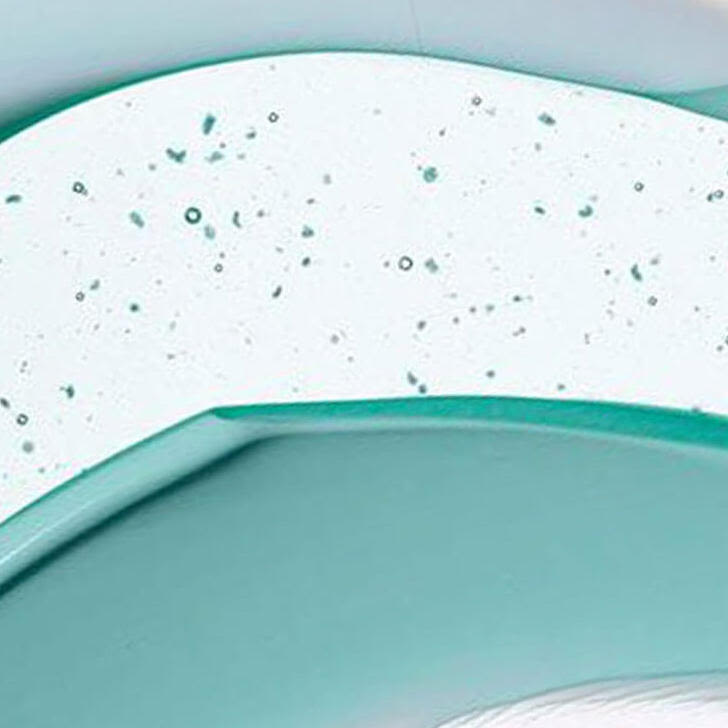While lotion sunscreens have typically dominated sales, the past few years have seen a in the sale of clear aerosol sunscreens. They are easy to apply, they feel light and non-greasy, and they are lighter to carry than bottles of thick lotion. Spray-on sunscreens are a popular and convenient way to get the sun protection you need – right? There is a lot of conflicting information out there about how effective and safe aerosol sunscreens really are. With summer’s arrival and beach vacations on the horizon, we want to put spray-on and lotion head to head and see who comes out on top.
Effective protection
Many people claim spray on sunscreen does not provide the same level of coverage as a lotion and this can be true – with improper application. Apostrophe’s very own Dr. Bradley Beckman says, “Spray on sunscreen can be equally effective if used liberally and applied at least 20 minutes before sun exposure – it is important to rub the spray in so it is even distributed on the skin surface.” Many people use spray-on sunscreens to avoid greasy hands, but rubbing it into the skin is key to getting full coverage and UV protection. Maybe because of the potential for mis-application, in only 69% of 540 dermatologists said they recommend sprays to their patients.
Safety
Remember the (justified) fears about chlorofluorocarbons from hairspray contributing to the hole in the ozone layer? While spray sunscreens don’t contain those specific chemicals, there are concerns about where aerosol spray ends up when it doesn’t land on your skin (we’ve experienced the ocean breeze that blows away your sunscreen application!). Current U.S. FDA regulations (although they are generally evaluated for safety and efficacy). In fact, the FDA states spray sunscreen to avoid inhaling the chemicals in them. This especially applies to who are more likely to squirm and get the spray into their noses and mouths.
Affordability
According to the most adults need 1 oz., or about a full shot glass, of sunscreen to thoroughly cover their entire body. That means a 6 oz. bottle of spray-on sunscreen contains at most six applications (not accounting for the spray that gets lost to the wind)! A standard bottle of sunscreen lotion for your body averages about 7 oz. and you know you are getting every drop on your skin. That means a typical bottle of lotion goes further than a standard bottle of spray-on sunscreen.
Spray-on sunscreens can be a useful option, but they must be applied generously and properly to be as effective as lotions. Of course, using spray-on sunscreen is better than using none at all, but always be sure to rub it in to get the best, most even UV protection and never spray your face directly!
Do you prefer lotion or spray? What’s your go-to sunscreen? Let us know on Twitter @hi_apostrophe or email us at [email protected].




